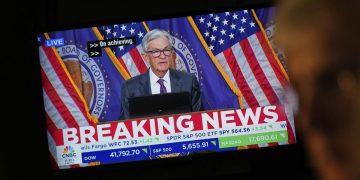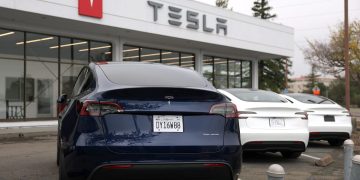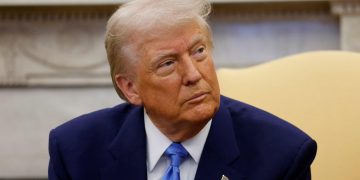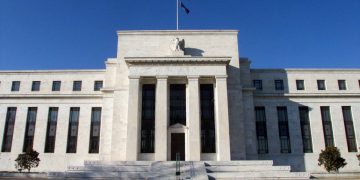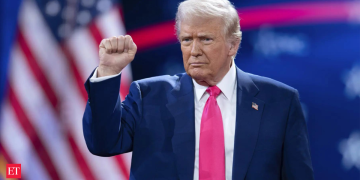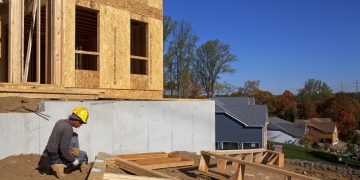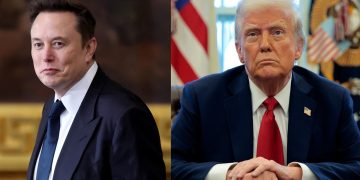Economic observers and historians are often casting about for different historic eras to help understand our current landscape.
The late 1970s come up frequently at the moment, with its fears of stagflation and an aggressive Federal Reserve response providing clear echoes to today.
But perhaps the swinging 1960s is a better lens to help unpack at least one key puzzle of our current era: America’s funky economic mood.
Economic and political observers have spent a good part of the last year trying to understand why a parade of good economic news — from a record-setting stock market to millions of new jobs to rapidly falling inflation — simply isn’t being reflected with the public in the way observers expect.
The parallels with the 1960s here are clear. That decade saw a combination of the third-longest stretch of uninterrupted expansion in US history with widespread public pessimism.
In the first half of the decade “the economy was just fabulous during the 1960s and nobody really talked about it,” says Terry Anderson, a history professor and author of a textbook on the era.
Social unrest and more existential concerns were far more pressing issues, Anderson added, with the economy not becoming central in the public imagination “until it got bad.”
Indeed, inflation was soon to intrude on the public consciousness. Economic worries stemming from rising prices seen later in the decade proved to be a drag on the public mood right alongside the more well-remembered worries of the…

